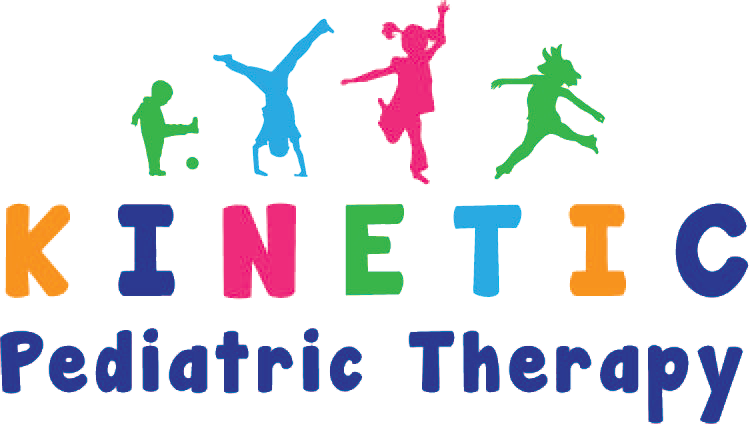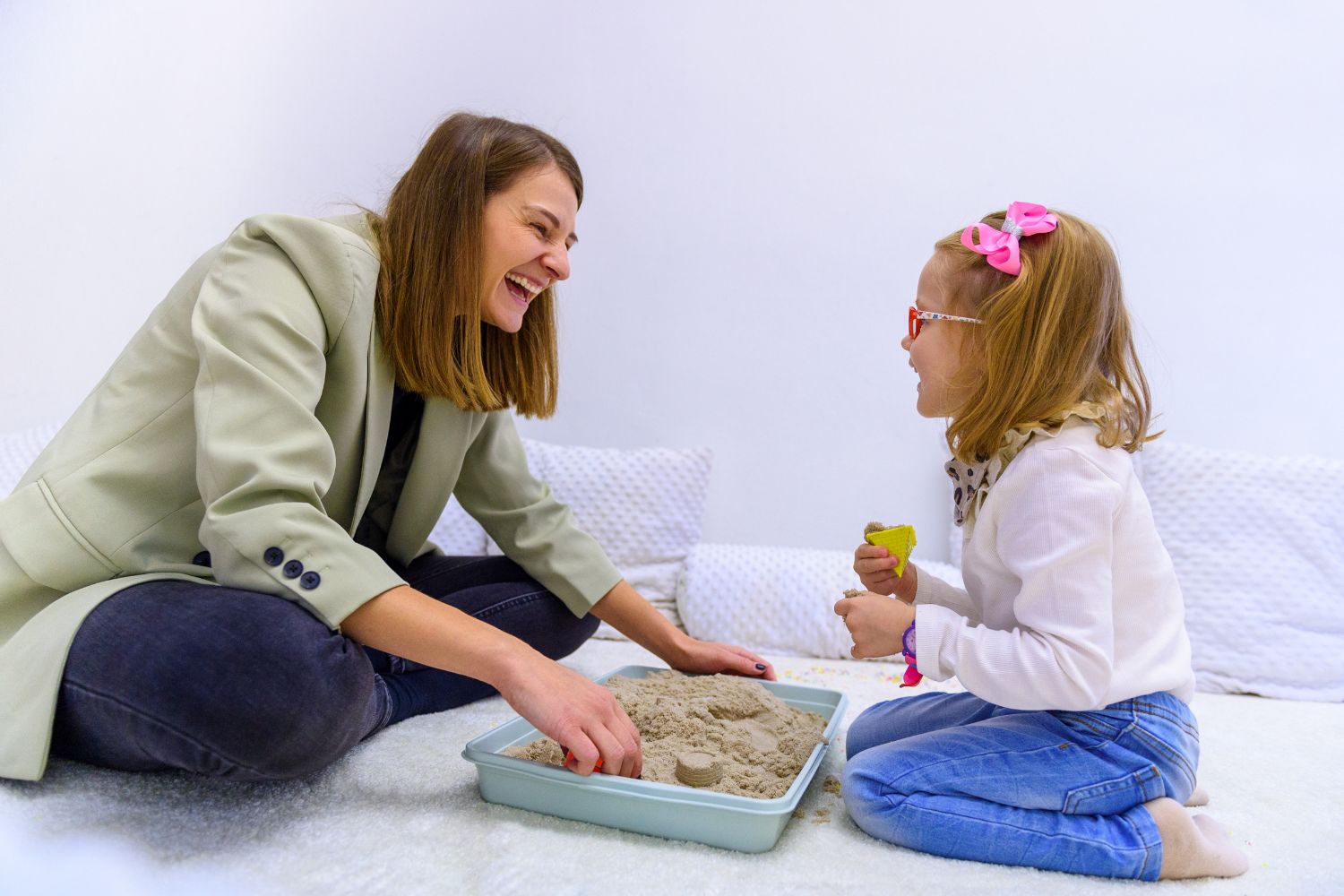
Top 10 Tools Every Pediatric Occupational Therapist Should Have
Pediatric occupational therapy is a specialized field that requires a unique set of tools to effectively support and enhance the development of children. These tools help pediatric occupational therapists address various sensory, motor, and cognitive challenges, enabling children to achieve greater independence and improve their quality of life. At Kinetic Pediatric Therapy, we understand the importance of having the right tools to provide the best possible care.
Here are the top 10 tools every pediatric occupational therapist should have:
- Therapy Ball
A therapy ball, also known as an exercise or stability ball, is a versatile tool used for a variety of therapeutic exercises. It helps improve balance, coordination, and core strength. Therapists can use therapy balls for activities like bouncing, sitting, and rolling, which can engage a child’s muscles and promote stability.
- Weighted Vest
Weighted vests provide deep pressure input, which can be calming and organizing for children with sensory processing difficulties. These vests can help improve attention, focus, and body awareness. They are especially useful for children with Autism Spectrum Disorder (ASD) and Attention Deficit Hyperactivity Disorder (ADHD).
- Sensory Bin
A sensory bin is a container filled with materials that stimulate the senses, such as rice, beans, sand, or water beads. These bins are excellent for sensory exploration and can help develop fine motor skills, hand-eye coordination, and tactile discrimination. They are also a fun and engaging way for children to explore different textures.
- Theraputty
Theraputty is a silicone-based putty that comes in different resistance levels. It is used to strengthen hand muscles, improve fine motor skills, and enhance grip strength. Therapists can incorporate Theraputty into activities like pinching, rolling, and stretching, making it a valuable tool for hand therapy.
- Weighted Blanket
Similar to weighted vests, weighted blankets provide deep pressure stimulation that can be calming and soothing. They are often used to help children relax, reduce anxiety, and improve sleep quality. Weighted blankets are particularly beneficial for children with sensory processing disorders.
- Adaptive Scissors
Adaptive scissors are designed to make cutting easier for children with fine motor difficulties. These scissors come in various designs, such as loop scissors and spring-loaded scissors, which require less hand strength and coordination. They help children develop cutting skills and improve hand dexterity.
- Balance Beam
A balance beam is a tool used to improve balance, coordination, and body awareness. It can be a low beam placed on the floor or a raised beam for more advanced exercises. Balance beams are great for helping children develop gross motor skills and spatial awareness while having fun.
- Therapy Brushes
Therapy brushes, also known as sensory brushes, are used for a technique called the Wilbarger Brushing Protocol. This technique involves brushing the skin to provide deep pressure input, which can help reduce sensory defensiveness and improve sensory integration. Therapy brushes are often used with children who have tactile sensitivities.
- Fine Motor Toys
Fine motor toys, such as pegboards, bead mazes, and lacing cards, are essential for developing hand-eye coordination, dexterity, and fine motor skills. These toys engage children in activities that require precise hand movements and manipulation, making them an integral part of occupational therapy sessions.
- Therapy Swing
A therapy swing is a must-have tool for pediatric occupational therapists. Swings provide vestibular input, which is crucial for developing balance and spatial orientation. They can be used for calming, organizing, and stimulating activities, depending on the child’s needs. Therapy swings come in various types, including platform swings, hammock swings, and bolster swings.
Having the right tools is essential for pediatric occupational therapists to provide effective and engaging therapy sessions. Each of these tools serves a specific purpose in addressing the diverse needs of children, from sensory processing to fine motor skills and overall development. At Kinetic Pediatric Therapy, we prioritize equipping our therapists with the best tools to ensure that every child receives the highest quality care and support.
By incorporating these top 10 tools into their practice, pediatric occupational therapists can create a more dynamic and responsive therapy environment, helping children reach their full potential. Whether it’s through sensory integration, motor skills development, or behavioral support, these tools are invaluable in the journey toward improved independence and well-being for every child.
Please Share




